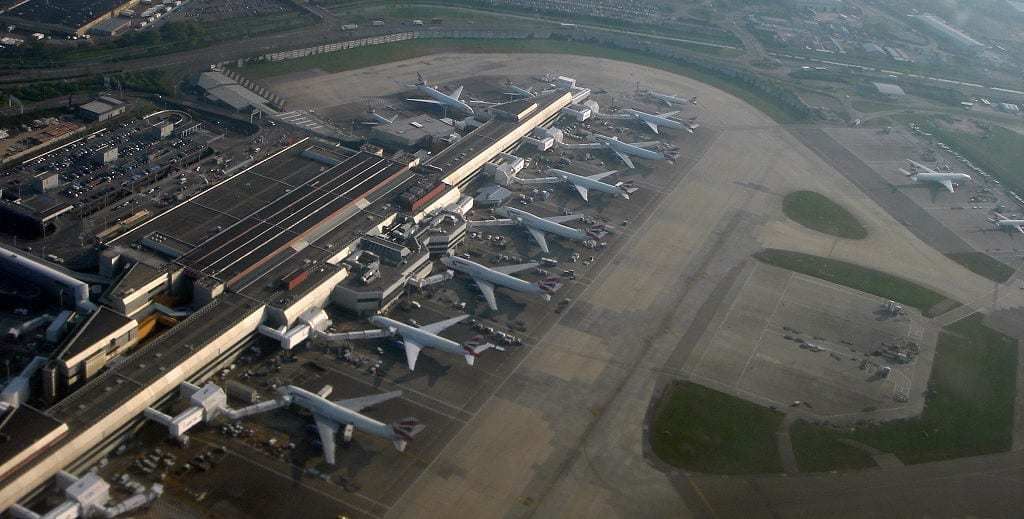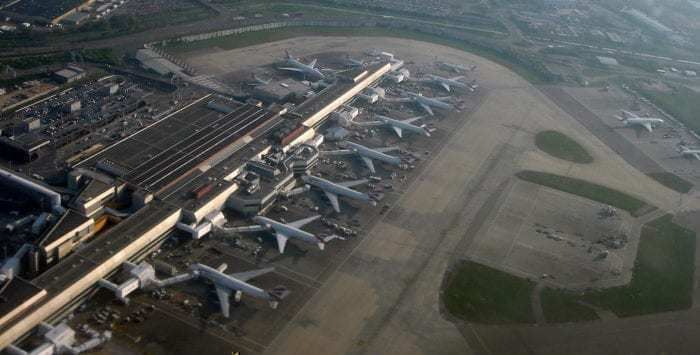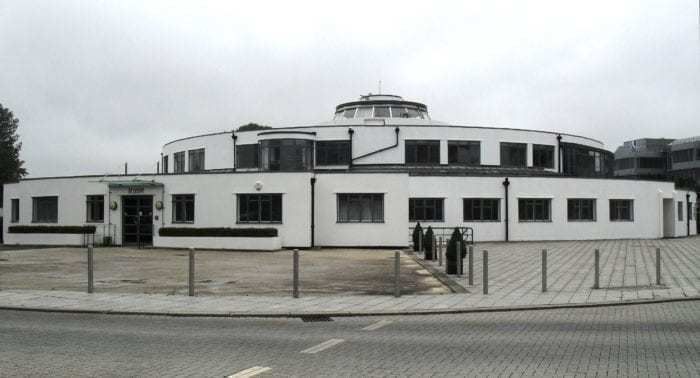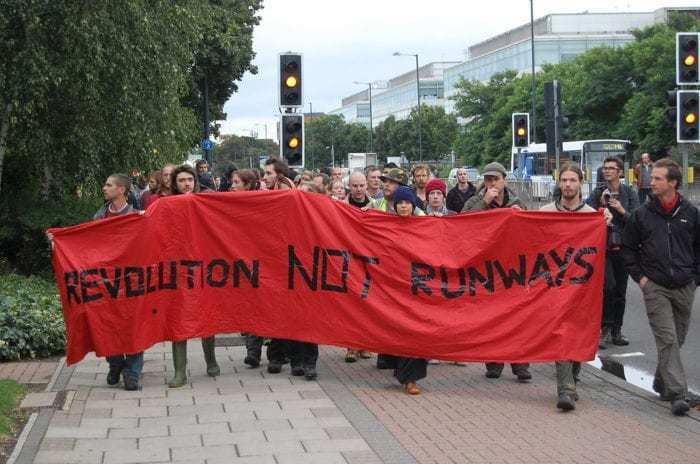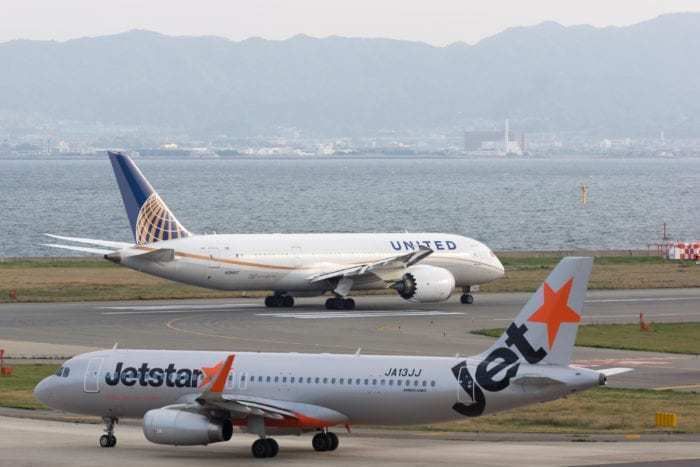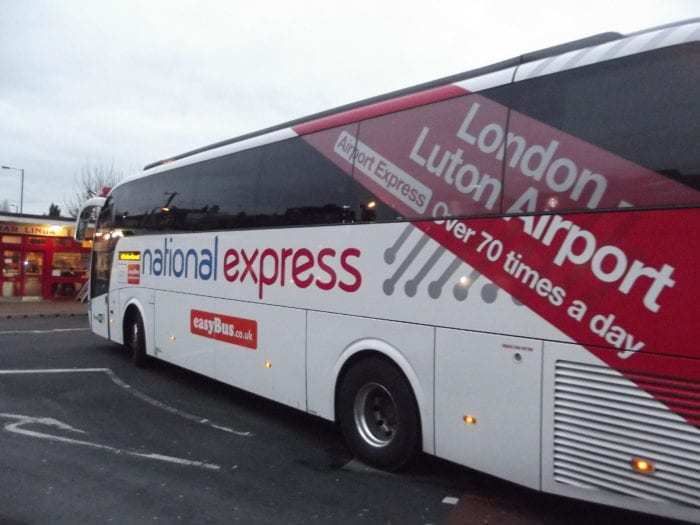Once the busiest airport in the world, London Heathrow now sits in seventh place for passenger traffic. Over the years its status has fallen to airports like Dubai and Beijing. This is in addition to perennial list-topper: ATL - or Hartsfield-Jackson Atlanta International Airport. But look into London’s fascinating history you’ll understand why it has six airports and why expansion is important yet difficult. So what if London had just one mega airport?
A tale of one city... and six airports
Though London was early to embrace air travel, the city and its surrounding suburbs developed before anyone could have imagined how large the aviation industry would be. Therefore, when loud jetliners became the standard for air travel, it became increasingly difficult to find areas suitable for airports.
Considered far enough outside the city at the time, London Heathrow was established in 1945 as the city’s main airport. 13 years later Gatwick was converted from a Royal Air Force (RAF) base to serve as a backup airport. To keep up with booming air travel in the sixties, other RAF bases also became airports. You know them now as Luton and Stansted.
London City Airport followed in 1987 and more recently Southend Airport (also a former RAF base) became a more viable option for London after new ownership invested significantly in 2008. YouTuber Jay Foreman goes into much more depth with his video.
The crown jewel
But of course the largest airport of the six is London Heathrow. The airport handles over 80 million passengers traveling to over 100 destinations. As Europe’s busiest airport, it has invested significantly to keep up with demand. Investments include billions of pounds for a new runway to accommodate more air traffic as well as a relatively new Terminal 2 and refurbished Terminal 4.
Gaining approval for the new third runway has been a difficult battle with intense resistance from locals. The criticisms were obvious: More noise, more pollution and a major change in the landscape of the area. In fact, according to a CNN report, 750 homes in the villages of Longford, Sipson and Harmondsworth may have to be destroyed for the project to move forward. During this debate there was one alternative proposal: A mega airport in the River Thames Estuary.
Boris Island: The proposed mega airport
The plan for an airport in the Thames Estuary goes all the way back to the 1940s. However, Boris Johnson revived the idea in 2008 while serving as Mayor of London. This was a response to Heathrow's expansion resistance. The project took on the official name London Britannia Airport but the media “affectionately” called it Boris Island.
The new airport proposed up to six runways and was to be situated on an artificial island. Ultimately though, the megaproject was far too costly - especially for the British taxpayer:
"Whether it's environmental problems, expensive transport links or the decimation of employment at Heathrow, we now know for sure that this project poses a devastating risk to the taxpayer." -Val Shawcross, London Assembly Labour group transport spokeswoman
The case for one big airport
Having a single point for London’s air travel would be a huge benefit for travelers, mainly in terms of convenience. Many budget travelers from abroad travel into London Heathrow or Gatwick and self-transfer to Luton or Stansted for cheaper low-cost flights to continental Europe and the rest of the UK, or vice versa.
This is evident in the number of shuttle buses running between the various airports. In fact, one could argue that the motorists of London would also benefit greatly. Without the need to go between airports, there would be fewer shuttle bus coaches clogging up the city’s motorways.
However, as stated in numerous articles, one mega airport would result in the closure of Heathrow, would cost enormous amounts of money and have a greater environmental impact than the expansion of existing airports.
Conclusion
For now, London will have to embrace its multiple airports scattered all over the region. It will also have to face the fact that Heathrow is losing its status as a ‘megahub’ airport. While it still remains the busiest airport in Europe, the airports of Amsterdam and Paris have been closing that gap quickly.
Would you prefer to have a single mega airport in London? Or do you enjoy the diversity and selection of having multiple airports for the one city?

